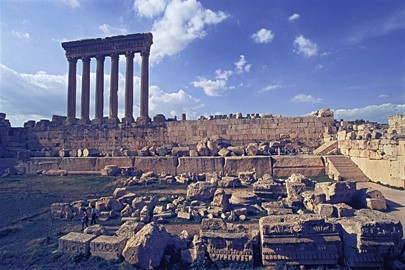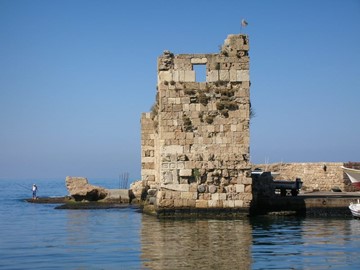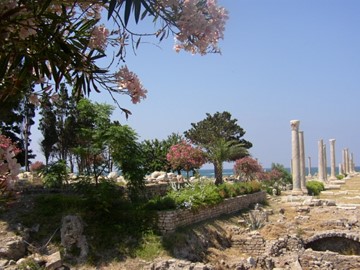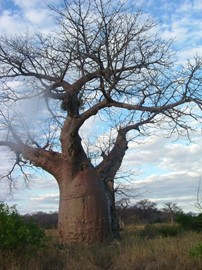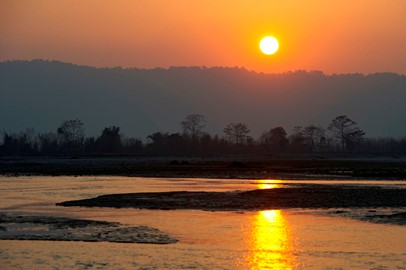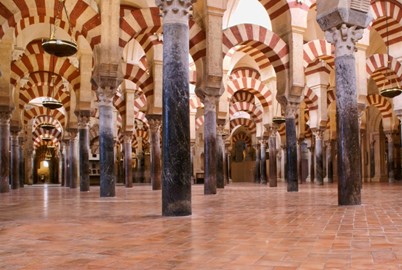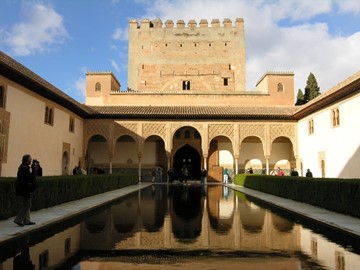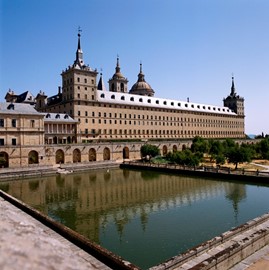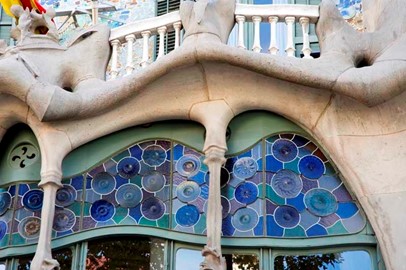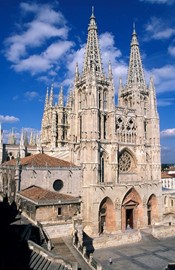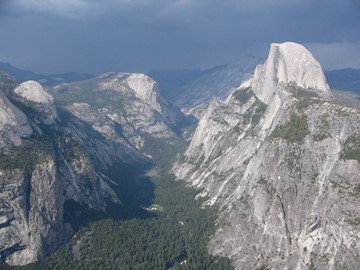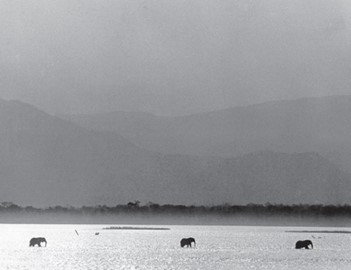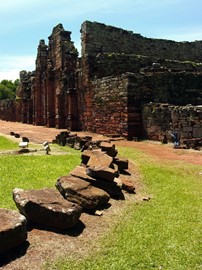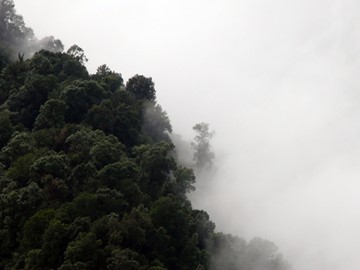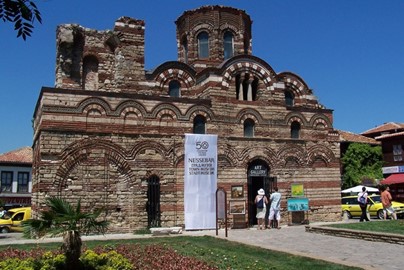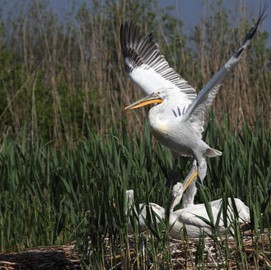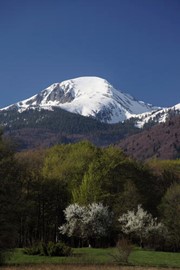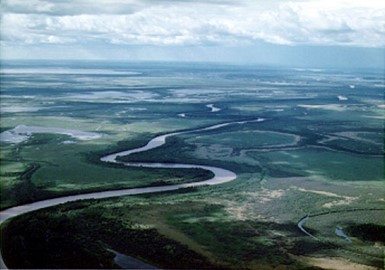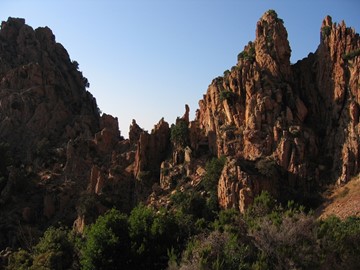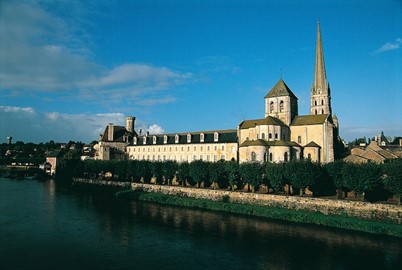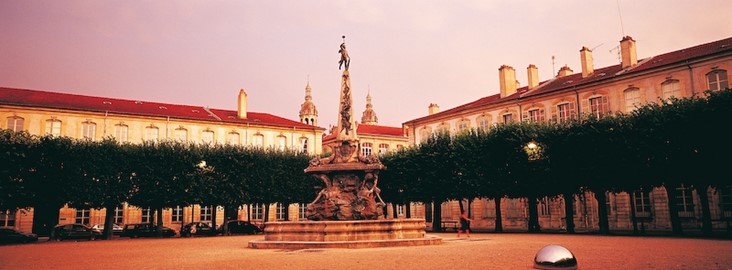search
Baalbek
Baalbek, a UNESCO World Heritage site in Lebanon, is renowned for its monumental Roman architecture, featuring some of the best-preserved temples from antiquity. The site includes the grand Temple of Jupiter, the intricately detailed Temple of Bacchus, and the circular Temple of Venus, showcasing exceptional engineering and artistic mastery. Built on earlier foundations, it reflects a blend of ancient cultures and religious traditions. Its historical significance and striking ruins make it a testament to hu... Read More
Byblos
Byblos, a UNESCO World Heritage site in Lebanon, is one of the oldest continuously inhabited cities in the world, renowned for its ancient Phoenician heritage. This coastal site features well-preserved ruins, including a Crusader-era castle, Roman theaters, and Phoenician temples, showcasing layers of history spanning millennia. Its significance as a trading hub and the birthplace of the Phoenician alphabet highlights its cultural legacy. The picturesque harbor and archaeological treasures make it a testame... Read More
Tyre
Tyre, a UNESCO World Heritage site in Lebanon, is an ancient coastal city renowned for its rich historical and archaeological legacy. It boasts well-preserved Roman ruins, including a grand hippodrome, an expansive necropolis, and a monumental archway, alongside remnants of Phoenician civilization, such as its famed purple dye production. This site exemplifies centuries of cultural exchange and urban development in the Mediterranean.
Lake Malawi
Lake Malawi, a UNESCO World Heritage site in Malawi, is renowned for its exceptional biodiversity and crystal-clear waters. This freshwater lake, one of the African Great Lakes, hosts an extraordinary variety of fish species, including hundreds of endemic cichlids found nowhere else on Earth. Its ecological significance and stunning natural beauty make it a globally recognized treasure.
Chitwan
Chitwan National Park, a UNESCO World Heritage site in Nepal, is renowned for its rich biodiversity and conservation efforts. Established in 1973, it hosts a variety of endangered species, including the Bengal tiger, one-horned rhinoceros, and Gharial crocodile, thriving in its lush forests, grasslands, and riverine ecosystems. The park also holds cultural significance with the indigenous Tharu communities, offering a blend of natural beauty and traditional heritage. It stands as a premier destination for w... Read More
Cordoba
The Historic Centre of Córdoba, a UNESCO World Heritage site in Spain, is renowned for its rich blend of Roman, Islamic, and Christian influences. Its standout feature, the Mezquita-Catedral, began as a mosque in the 8th century and later transformed into a cathedral, showcasing stunning Moorish architecture with its iconic horseshoe arches and intricate tilework. The site also includes a well-preserved medieval urban layout with narrow streets, whitewashed houses, and charming patios, alongside remnants of... Read More
Alhambra, Generalife and Albayzín
The Alhambra, Generalife, and Albayzín form a remarkable World Heritage site in Spain, showcasing a blend of Islamic architecture and historical significance. The Alhambra, a stunning palace-fortress, features intricate tilework, horseshoe arches, and lush courtyards, reflecting its Moorish origins. Adjacent to it, the Generalife offers serene gardens and elegant summer residences, while the Albayzín, a well-preserved medieval neighborhood, boasts narrow streets, whitewashed houses, and panoramic views, tog... Read More
El Escurial
The Monastery and Site of the Escurial is a remarkable World Heritage site in Spain, renowned for its historical and architectural significance. Constructed in the 16th century under King Philip II, this vast complex serves as a royal palace, monastery, basilica, and mausoleum, blending Renaissance and Herrerian styles. It houses an impressive collection of art, manuscripts, and books, reflecting its role as a cultural and intellectual center. The site stands as a testament to Spain's Golden Age, offering i... Read More
Works of Antoni Gaudí
The Works of Antoni Gaudí, a UNESCO World Heritage site, showcase the visionary architect's distinctive style, blending Gothic and Art Nouveau influences with imaginative, organic forms. Iconic structures like the Sagrada Família, Park Güell, and Casa Batlló exemplify his innovative use of color, texture, and structural design, reflecting a deep connection to nature and spirituality. These masterpieces, celebrated for their artistic and architectural significance, continue to captivate visitors with their b... Read More
Burgos Cathedral
Burgos Cathedral, a UNESCO World Heritage site in Spain, is a stunning Gothic masterpiece begun in 1221 and completed over centuries. Its intricate facade, adorned with spires and sculptures, showcases exceptional architectural artistry. The cathedral houses notable treasures, including the tomb of El Cid and a golden staircase by Diego de Siloé. Renowned for its historical and cultural significance, it remains a prominent symbol of Spanish heritage.
Statue of Liberty
The Statue of Liberty, a UNESCO World Heritage site in the United States, is an iconic symbol of freedom and democracy. Gifted by France in 1886, this colossal copper statue depicts Libertas, the Roman goddess of liberty, holding a torch and a tablet inscribed with the date of American independence. Designed by French sculptor Frédéric Auguste Bartholdi and with its internal structure engineered by Gustave Eiffel, it has welcomed millions of immigrants and visitors, embodying the nation's ideals of opportun... Read More
Yosemite
Yosemite National Park, a UNESCO World Heritage site in the United States, is renowned for its stunning granite cliffs, cascading waterfalls, and diverse ecosystems. This iconic park features breathtaking landmarks like El Capitan and Half Dome, attracting millions of visitors annually for hiking, climbing, and nature exploration. Its rich biodiversity includes giant sequoia groves and abundant wildlife, making it a globally celebrated natural treasure.
Mana Pools
Mana Pools, a UNESCO World Heritage site in Zimbabwe, is renowned for its pristine wilderness and exceptional biodiversity along the Zambezi River. This national park features seasonal floodplains, riverine forests, and iconic baobab trees, supporting a rich ecosystem of wildlife, including elephants, lions, hippos, and rare bird species. Its unique landscape, formed by the river’s meandering channels, offers stunning natural beauty and opportunities for canoe safaris and walking tours. Recognized for its e... Read More
Jesuit Missions of the Guaranis
The Jesuit Missions of the Guaranis, a UNESCO World Heritage site in South America, recognized in 1983 and 1984, are five 17th- and 18th-century mission ruins across Argentina, Brazil, and Paraguay, built to convert and protect Guarani Indigenous peoples. Featuring baroque churches, workshops, and communal layouts amid lush landscapes, they reflect a unique fusion of European and Indigenous cultures under Jesuit stewardship. This transnational site showcases South America’s colonial history, highlighting a ... Read More
Talamanca and La Amistad Reserves
Talamanca Range and La Amistad, a UNESCO World Heritage site in Costa Rica and Panama, recognized in 1983 with an extension in 1990, is a vast tropical wilderness spanning the Talamanca Mountains, protected as a transboundary park since 1982. Featuring cloud forests, peaks like Cerro Chirripó, and rich biodiversity with jaguars and quetzals, it reflects Central America’s ecological diversity. This cross-border site showcases a shared natural heritage, preserving one of the region’s last intact highland ecos... Read More
Rila Monastery
Rila Monastery, a UNESCO World Heritage site in Bulgaria, is a stunning 10th-century Orthodox complex renowned for its architectural beauty and cultural significance. Nestled in a mountainous landscape, it features vibrant frescoes, intricate woodwork, and a striking blend of medieval and 19th-century styles, reflecting centuries of spiritual and artistic evolution. As a symbol of Bulgarian identity and resilience, it remains a vital center of Orthodox Christianity and heritage.
Nessebar
Nessebar, a UNESCO World Heritage site in Bulgaria, is an ancient coastal town celebrated for its rich history spanning over 3,000 years. Known as the 'Pearl of the Black Sea,' it boasts a remarkable blend of Thracian, Greek, Roman, Byzantine, and medieval Bulgarian architecture, including well-preserved churches adorned with frescoes. Recognized for its cultural and historical significance, it stands as a living testament to the region’s diverse civilizations.
Srebarna
Srebarna Nature Reserve, a UNESCO World Heritage site in Bulgaria, is a vital wetland ecosystem centered around a serene lake. Renowned for its rich biodiversity, it serves as a critical habitat for rare and endangered bird species, including the Dalmatian pelican, and supports a thriving array of aquatic life. Recognized for its ecological importance, it stands as a pristine example of natural heritage and a key stopover on migratory routes.
Pirin
Pirin National Park, a UNESCO World Heritage site in Bulgaria, is a pristine alpine landscape celebrated for its rugged peaks, glacial lakes, and diverse ecosystems. Home to rare flora and fauna, including the endemic Balkan chamois, it showcases dramatic natural beauty shaped by ancient geological processes. Recognized for its ecological and scenic value, it stands as a testament to the region’s untouched wilderness.
Wood Buffalo
Wood Buffalo National Park, a UNESCO World Heritage site in Canada, is a vast wilderness preserving North America’s largest population of free-roaming wood bison. Spanning diverse ecosystems like boreal forests, wetlands, and salt plains, it also hosts the endangered whooping crane’s only natural nesting ground. Recognized for its ecological importance, it stands as a critical sanctuary for biodiversity and natural heritage.
Comoé
Comoé National Park, a UNESCO World Heritage site in Côte d'Ivoire, is renowned for its exceptional biodiversity and unique ecosystems. Located in the northeast of the country, it features a diverse range of habitats, including savannas, gallery forests, and wetlands, owing to the presence of the Comoé River. This park is home to a variety of wildlife, such as elephants, chimpanzees, and numerous bird species, making it a critical conservation area in West Africa. Inscribed in 1983, it highlights the region... Read More
Sangay
Sangay National Park, a UNESCO World Heritage site in Ecuador, is renowned for its stunning natural beauty and diverse ecosystems, ranging from tropical rainforests to glaciers. The park features three prominent volcanoes—two active, Sangay and Tungurahua, and one extinct, El Altar—showcasing dramatic landscapes and geological significance. Its isolation has preserved a rich biodiversity, including rare species like the mountain tapir and Andean condor, making it a critical conservation area recognized sinc... Read More
Gulf of Porto
The Gulf of Porto, a UNESCO World Heritage site in France, is renowned for its stunning natural beauty, featuring dramatic red granite cliffs, clear turquoise waters, and diverse marine life. This coastal gem includes the Calanques de Piana, Scandola Nature Reserve, and Girolata Bay, showcasing unique geological formations and a rich ecosystem. Recognized in 1983, it stands as a testament to the region's exceptional environmental and cultural significance, attracting visitors with its picturesque landscapes... Read More
Saint Savin sur Gartempe
Saint-Savin sur Gartempe, a UNESCO World Heritage site in France, is a Romanesque abbey renowned for its 11th-century frescoes. Often called the 'Sistine Chapel of France,' its vivid murals depict biblical scenes across the vaulted ceiling. The abbey’s simple stone architecture contrasts with the intricate artistry inside. Built by monks, it reflects medieval religious devotion and skill. This well-preserved site offers a striking glimpse into early European sacred art. Its serene riverside setting enhances... Read More
Nancy
Place Stanislas, Place de la Carrière and Place d'Alliance in Nancy, a UNESCO World Heritage site in France, is a historic city celebrated for its 18th-century architectural ensemble. Its elegant squares, including Place Stanislas, feature ornate fountains, gilded gates, and neoclassical buildings. Designed as a royal showcase, it reflects Enlightenment-era urban planning. The site blends French artistry with regal charm. This well-preserved gem offers a glimpse into a refined period of European history.
